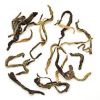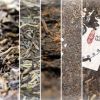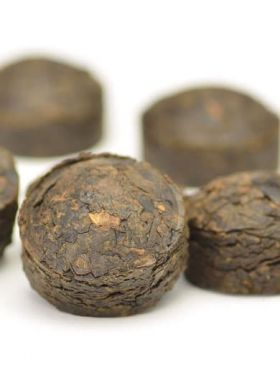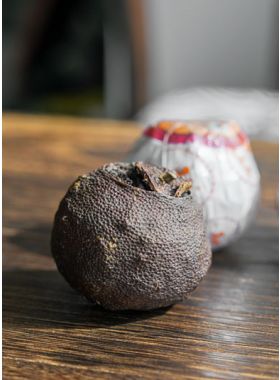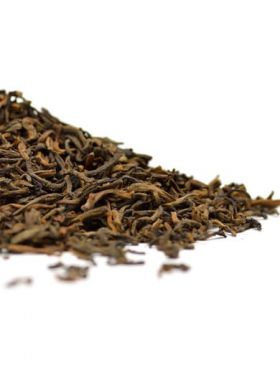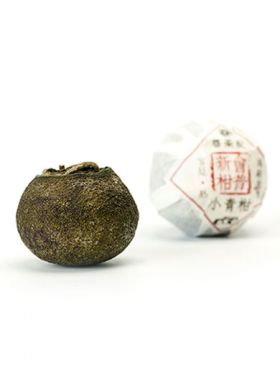-
Fast ShippingFree shipping for orders above $40
to most countries. -
Secure PaymentPay with Paypal, Credit Card …
-
Carefully SelectedFrequently Visit Tea Gardens.
Taste Repetitiously -
15 Days RefundNo Questions Asked
Refund Policy
Organic Yunnan Ripened Loose Pu-erh Tea
Sucrose-like sweetness, smooth
Sucrose-like sweetness, smooth
| Origin: |
Cangyuan County, Lincang City, Yunnan Province, China |
|---|---|
| Harvest Date: |
April 10, 2023 |
| Plucking Standard: |
One bud with two leaves |
| Dry Leaf: |
Coarse strips with some stalks and overall color is similar to flaxen |
| Aroma: |
Sucrose-like sweetness |
| Liquor: |
Deep red and slightly turbid |
| Taste: |
Smooth with sucrose-like sweetness and strong Pu-erh tasting |
| Tea Bush: |
Yunnan large-leaf tea bush species |
| Tea Garden: |
Tuanjie Dazhai Tea Base |
| Caffeine: |
Low caffeine (less than 10% of a cup of coffee) |
| Storage: |
Store in cool, dry place away from sunlight; keep ventilated |
| Shelf Life: |
The aged the better |
Certification:
 |
 |
| USDA Certification (HK-BIO-141_38019_28389/1) |
EU Certification (HK-BIO-141_38019_28389/1) |
The raw materials of pu-erh tea are divided into eleven grades, from superfine to grade 1, and then from there to grade 10. Usually the raw materials above grade 3 are used to make loose pu-erh tea, and those below grade 5 are more suitable for pressing into cakes. The aroma, taste, and liquor of different grades will show different characteristics: for example, a higher grade will taste smoother and have a richer, higher aroma, while the coarser, older lower-grades carry a mellower, sweeter taste, and can stand up to more steeps. So, we should not arbitrarily ignore those of a lower grade. These leaves are just a different style.
This organic loose pu-erh tea from TeaVivre uses material of grade 3, with the “one bud, two leaves” style accounting for more than 50% of the tea. The liquor after brewing is a reddish-yellow color, slightly turbid, but not too strong even with a long brewing time. Since it is a young 2016 tea, the dry leaves will retain some seafood-like pile-fermentation odor, but this will disappear after a period of time. The tea itself tastes mellow and smooth with an obvious sucrose-like sweetness, and the liquid will become brighter and lighter with continued steeps.
 |
Cup Method |
 |
Chinese Gongfu Method |
 |
Teacup: 12oz / 355ml |  |
Gaiwan: 3.8oz / 110ml |
 |
212℉ / 100℃ |  |
212℉ / 100℃ |
 |
5g Tea |  |
7g Tea |
 |
Brewing time: 5 - 8 mins |  |
8 steeps: 10s, 15s, 20s, 30s, 50s, 70s, 100s, 150s |
The leaves of this tea come from the Tuanjie Dazhai tea garden at an elevation of about 1800 meters , in Cangyuan County. The mild, humid climate and the mountainous geography lead this garden to be shrouded in clouds and mist year-round, and under the nourishment of sufficient water, the leaves from the tea plants here can be kept tender and fresh for a long time. Meanwhile, the abundant rainfall gives this tea its rich color and luster, and superior taste.
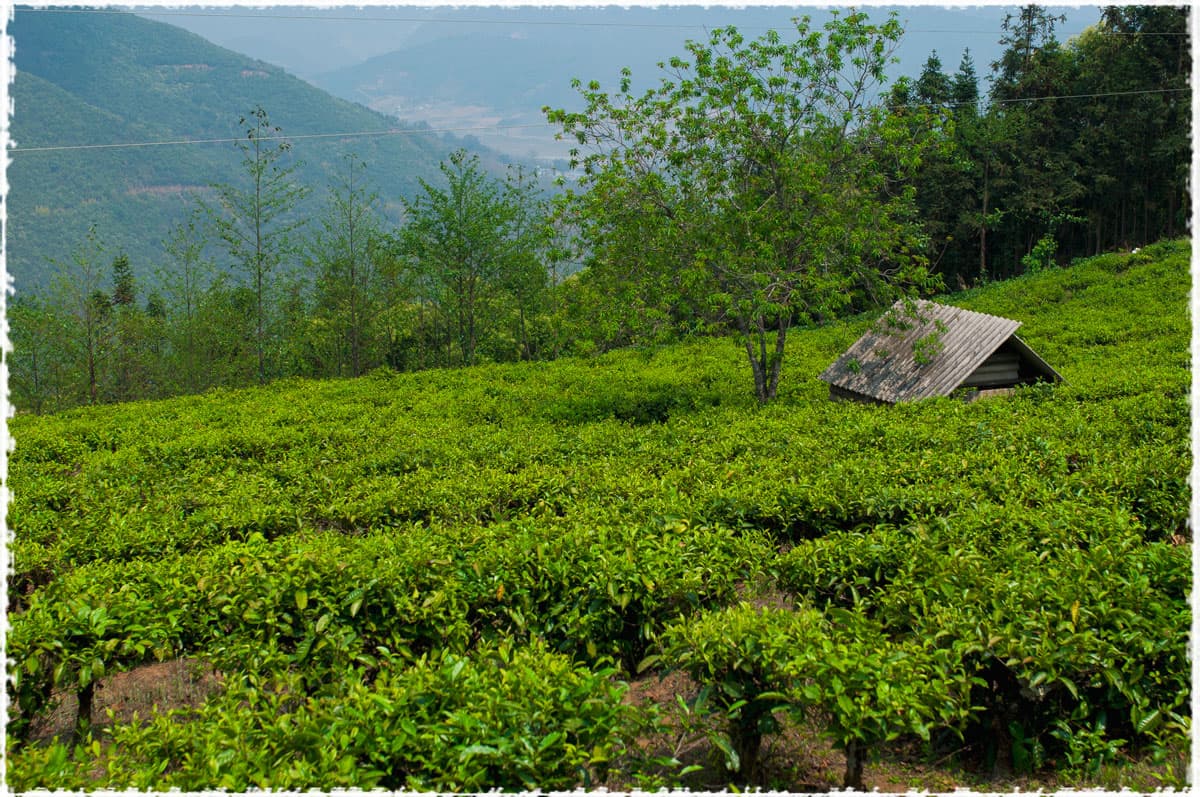
Along with the superior natural geography, the managers of this tea garden apply the concepts of modern scientific management - as in, they control the distances between the growing trees, they weed the garden at regular intervals, and prevent and cure pest infestations by using physical insecticidal methods and lure boards.
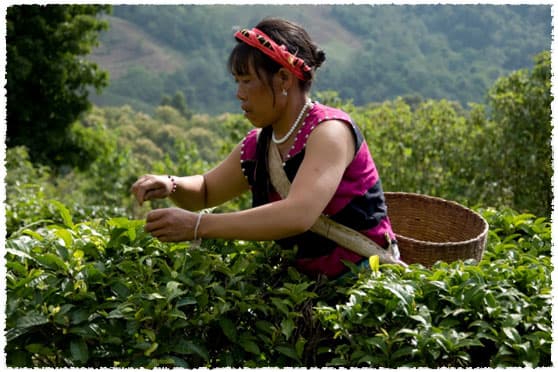
The head of this tea garden told us that they have been planting tea here for thirty years, and the trees are now in their stable growth period. This garden also provides a haven for some types of birds, which in turn further lower the threat of pests. Because of all of these traits, this garden is certified by the organic designations of the EOS, NOP, JAS, and China, and can provide high-quality and organic tea.
Do you know anyone who has devoted themselves to doing one thing, purely out of love? Ms. Tan, the producer of TeaVivre’s Organic Yunnan Ripened Loose Pu-erh Tea, has dedicated herself to her craft for thirty years.
When asked about ripened Pu-erh tea, she says that the most important stage of production is the “moisten heaping”, or secondary fermentation. Ms. Tan told us, “The fermentation conditions of pu-erh are very strict. First of all, there must be a suitable workshop and surrounding environment for fermentation, since only in a good environment will the tea not have a sour, bitter, rancid, or otherwise strange smell. In addition, a good pu-erh tea requires large-scale fermentation, and the regular ‘moisten heaping’ needs at least two tons of tea for this. If there is not enough tea, the contact area between the leaves and the air is too small, and the humidity and temperature cannot meet the requirements - so the taste will not come out as well.”
When we ask why she remains making ripened pu-erh tea after more than 30 years, she told us that pu-erh is both her favorite tea as well as a way of life itself. She thinks deep in her mind that it is a true good, and she wants to share it with ever more people. She crafts the tea herself and aims to make it the most authentic, so that people will discover the real taste of pu-erh. Year after year, she has been making her tea for more than three decades by holding this simple and pure thought.
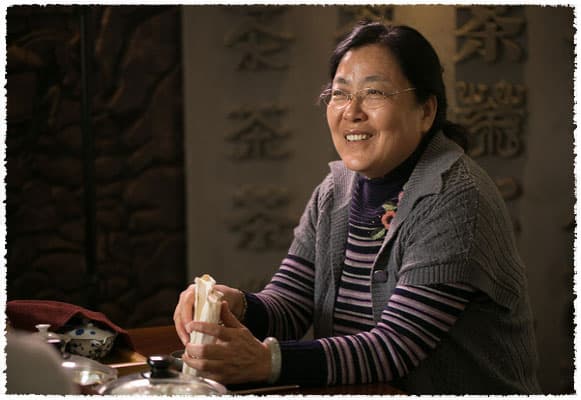
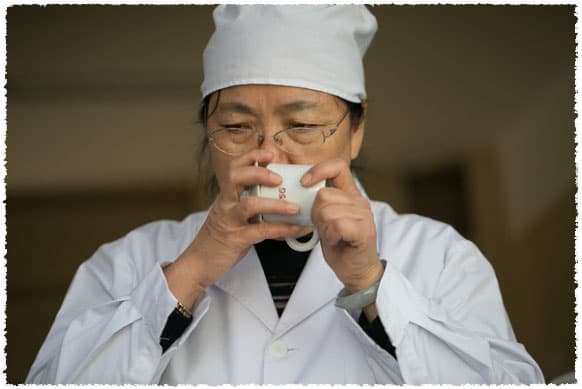
Cangyuan County lies in the southwestern part of Lincang City. It is not a large area, but many people of the Wa ethnicity live here, as one of the earliest people to engage in tea cultivation. Cangyuan is also one of the homes of the original ancient tea trees, and has many regions where these trees flourish hidden in the mountains. According to national records, the best-preserved community of ancient trees in Cangyuan is over 50 acres in size, and contains more than 200 trees all around 400 years old. People here also grow walnuts, sugar canes, and other crops high on the mountains; the superior natural environment and climate provide abundant opportunity to grow high-quality crops.
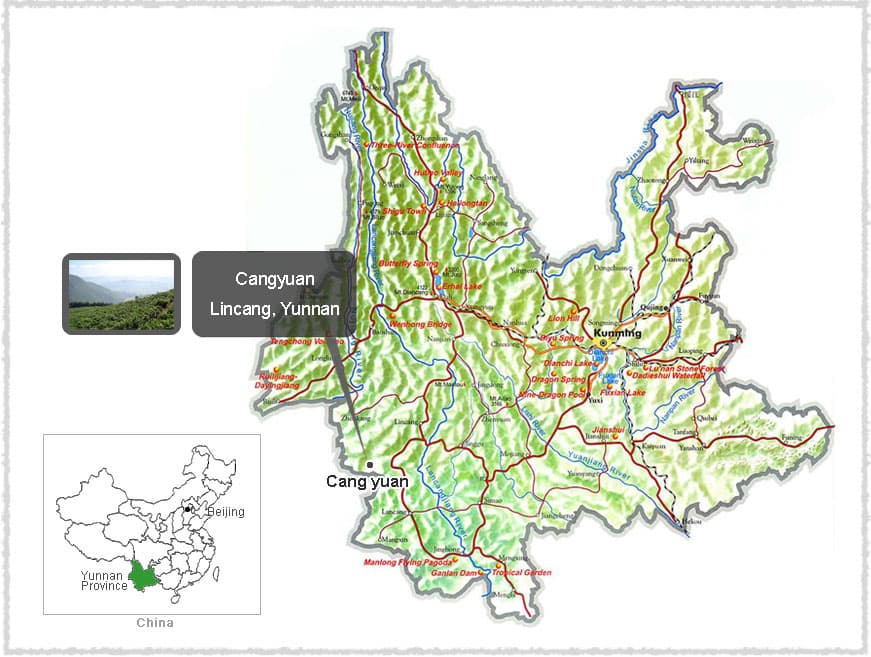
The Yunnan large-leaf tea tree is a rare variety in the world. Yunnan has a unique advantage when it comes to geography, as its abundant rainfall and prime temperature are perfect for planting these types of large-leaf trees. The leaves from these trees are abundant in polyphenols, catechins, amino acids, and caffeine.
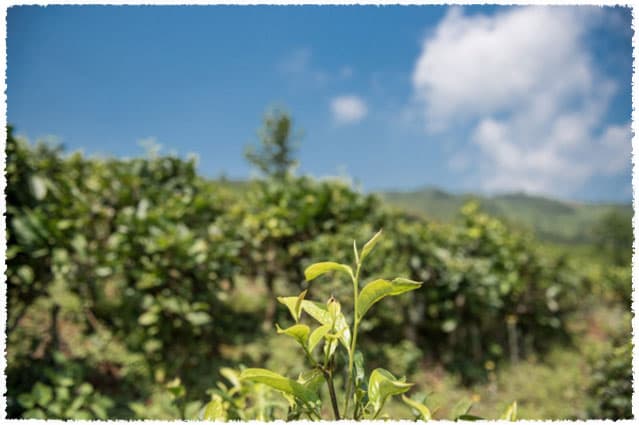
Pu-erh tea is one of the oldest types of tea in China, with a history stretching back over 1,700 years to the Eastern Han Dynasty, when the tea was called Jing Cha. Pu-erh is named after the town of Pu’er in Yunnan province, which was the original trading center of this tea. In its early history, this tea was actually used as bartering currency in southwest China, where the famed Cha Ma Gu Dao, “Tea Horse Road”, was built for the sole purpose of transporting it through the Himalayas to other countries and areas in Tibet.
-
5 stars5
-
4 stars8
-
3 stars3
-
2 stars1
-
1 star0



